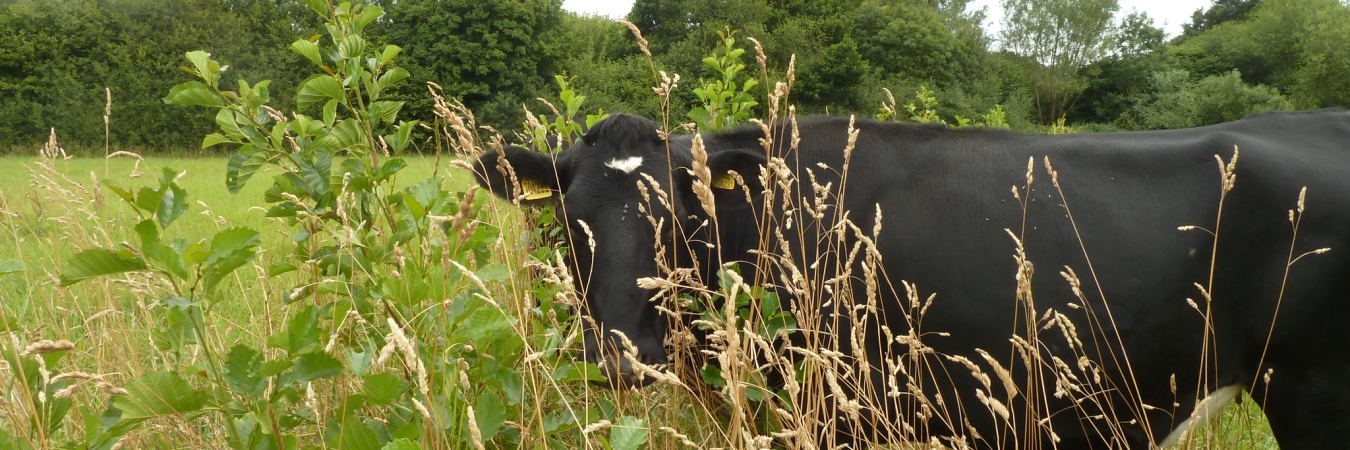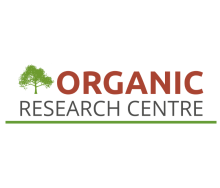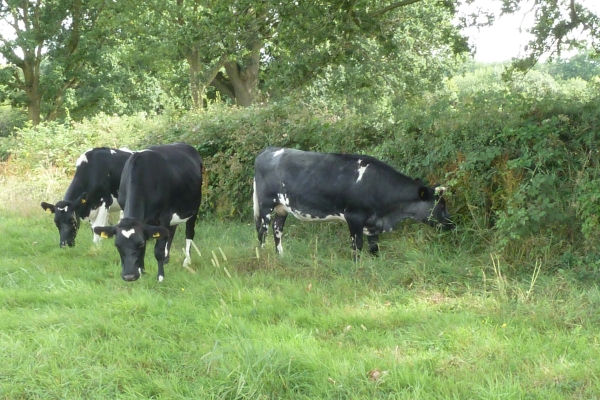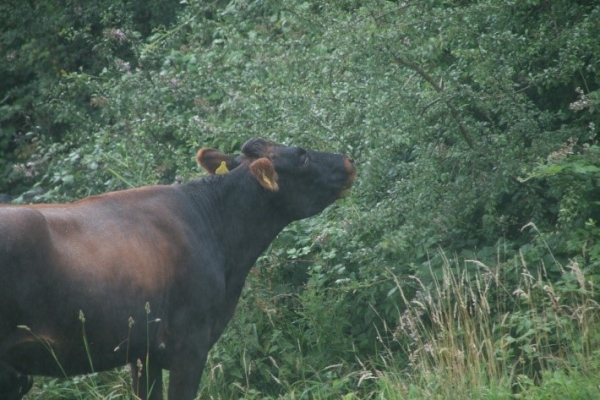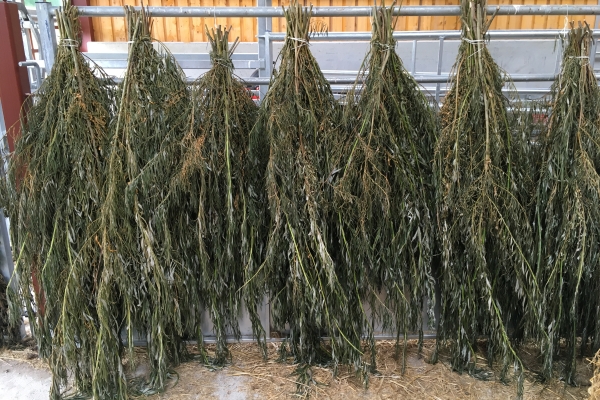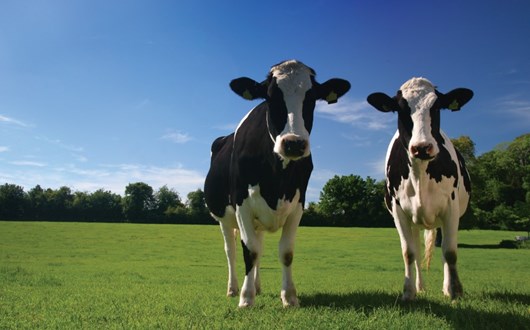Tree leaves as supplementary feed for ruminant livestock
Resource explained
This Woodland Trust research briefing aims to add to the growing knowledge base around the nutritional composition of tree browse and fodder and the supplementary potential for livestock. Silvopastoral systems – integrating shelter belts, hedgerows or in-field trees with grazing livestock on farms, provide animals with multiple benefits, including access to shade and shelter. Another less understood benefit is the utilisation of tree browse and fodder for nutritional and medicinal purposes. Use of tree browse and fodder is not new and historically was widely practised, utilising a network of hedgerows, parkland trees and shelter belts. However, we need a greater understanding of the benefits that silvopastoral systems can deliver for livestock to help improve advice on integrating silvopastoral approaches into modern farming. This briefing details a study which sampled leaves from three native deciduous tree species – willow, alder and oak – from three sites across the UK, and analysed their mineral, energy and protein content.
Findings & recommendations
- Willow leaves from all sites were found to contain higher concentrations of zinc and cobalt than sheep requirements for these minerals. Selenium concentrations were found to be more dependent on the site than the tree species.
- Metabolisable energy of leaves sampled was greatest in alder, while higher crude-protein content was associated with spring in all species.
- More research is required to investigate the value of different tree species as a mineral supplement for ruminant livestock, and to address how leaf feed could be integrated into their diet.
